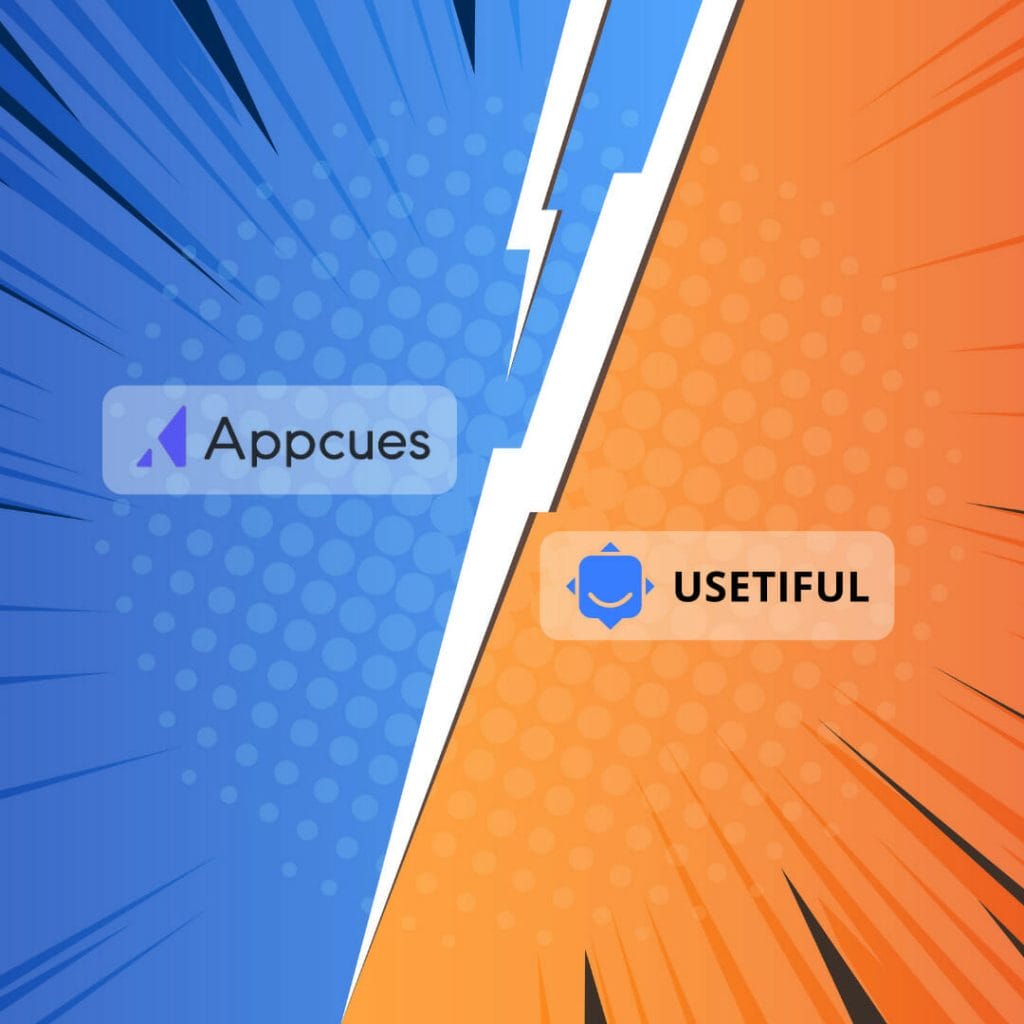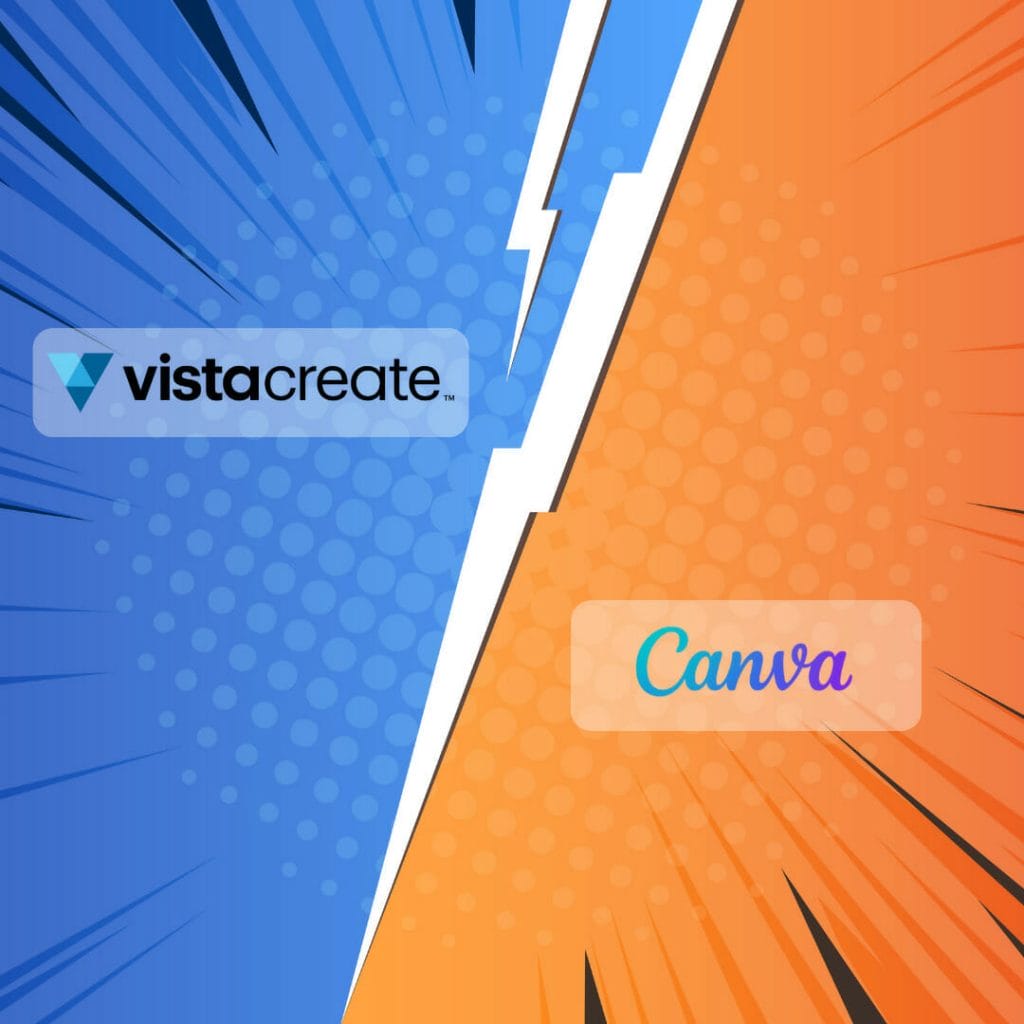In the realm of WordPress page builders, two prominent names consistently emerge as top contenders: Divi and Elementor. These drag-and-drop builders have gained significant popularity due to their user-friendly interfaces and the ability to create visually stunning websites without the need for technical expertise. As both Divi and Elementor share a common goal, it can be challenging for users to decide which one is the best fit for their specific needs.
Divi, developed by Elegant Themes, is well-known for its vast array of design capabilities and comprehensive layout management system. On the other hand, Elementor, created by Pojo Themes, prides itself on offering a smooth and intuitive experience, catering to both beginners and professionals alike. By providing a set of advanced features and options, these two page builders enable even the most non-technical users to craft their dream WordPress site.
In our comparison review, we’ll dive into the core features, pricing plans, and user experience associated with these two popular WordPress page builders. Our aim is to guide you in determining which platform suits your needs better and help you make an informed decision between Divi and Elementor.
About Divi

Divi is a popular WordPress theme and page builder that has been designed to enable users to create and customize their websites efficiently. The Divi Builder serves as a visual editor for users to create and edit their web pages easily. With Divi’s drag-and-drop feature, users can swiftly build and arrange custom-designed web pages without having to dive deep into coding.
Featuring a wide range of modules, Divi allows users to add essential elements to their websites, such as buttons, sliders, testimonials, and more. Furthermore, Divi comes with an extensive library of pre-made templates, enabling users to select and implement a design that best fits their needs. If desired, they can also integrate Divi with WooCommerce to create a seamless online store experience.
When it comes to its visual builder, Divi offers full-width editing capabilities, giving users the freedom to expand and experiment with various design and layout options. The user interface is designed to be intuitive and straightforward, making it easy for users to navigate through the different functionalities. Additionally, Divi features shape dividers that help give web pages a unique and stylish appearance.
Divi’s compatibility with CSS and custom fields provides users with the flexibility to further tailor the look and feel of their websites. Moreover, the Divi theme is designed to be fully responsive to ensure that websites look and function seamlessly on mobile devices.
Aside from its design capabilities, Divi also offers a comprehensive solution known as Divi Leads. Divi Leads is a built-in split-testing tool that allows users to perform A/B tests and optimize their website’s performance by making data-driven decisions.
In summary, the Divi theme and Divi Builder plugin provide users with a powerful and versatile solution for creating, customizing, and optimizing their WordPress websites. Its extensive range of features, modules, and compatibility with other plugins like WooCommerce make Divi a valuable choice for website creation and management.
About Elementor

Elementor is a top-notch WordPress page builder that offers an intuitive and easy-to-use interface, enabling users to create visually stunning and highly functional websites without writing any code. This powerful plugin comes in two versions: the free version and the premium Elementor Pro, which offers a wider range of features and customization options.
With Elementor, users can choose from a variety of pre-built templates or create their own pages from scratch using the drag-and-drop editor. The plugin offers a wide range of widgets, such as text, image, video, and contact forms, which can be used for adding various elements to the web pages. Moreover, it supports WooCommerce integration, allowing users to create and customize online stores.
Elementor’s performance is top-notch, with fast loading times and optimized code output, making it a reliable choice for those who prioritize website speed. It is also compatible with most WordPress themes and plugins, including popular options like Astra and website packs, providing even more flexibility in design choices.
In terms of customization, Elementor shines with its inline editing and dynamic content capabilities, making it much simpler for users to modify their pages without switching between the editor and live preview. The plugin also offers extensive theme building options, enabling users to create custom headers, footers, and other theme elements.
Elementor templates offer a robust library of professionally designed layouts for different website types, including landing pages and blog posts. These templates can be easily imported and adapted to suit the user’s specific needs, or they can serve as inspiration for creating new designs from scratch.
Elementor’s pricing plans cater to different budgets and needs, with the Pro version offering additional features such as popups, advanced widgets, and priority support. The plugin’s backend interface is user-friendly and provides a live preview of the pages being edited, making it an excellent choice for both beginners and experienced web designers.
In conclusion, Elementor is a versatile and powerful WordPress page builder that offers extensive customization options, responsive design, and excellent performance, making it a top choice for web designers and developers alike.
Round 1: Best UX

Divi and Elementor, both being top WordPress page builder plugins, offer unique user experience with their well-designed user interfaces, ease of use, and customization options. In this round, we’ll compare them based on key features such as drag-and-drop functionality, visual builder, live preview, full-width editor, and back-end interface.
Divi presents a highly intuitive user interface, with its visual builder allowing for seamless drag-and-drop functionality. You can effortlessly create stunning layouts by simply dragging and dropping modules onto the canvas. The full-width editor gives users the freedom to design pages with no constraints. Divi’s back-end interface is user-friendly and offers a wide range of customization options, making it suitable for both beginners and advanced users alike.
Elementor, on the other hand, is known for its modern and clean interface that appeals to a broad user base. The visual editing experience in Elementor is straightforward, with a clear and organized layout. Users can effortlessly create unique designs using the easy-to-use drag-and-drop editor. The live preview feature allows users to see changes in real-time, streamlining the design process. Customization options in Elementor are also abundant, providing users with versatile tools to create tailor-made websites.
When it comes to ease of use, both platforms are highly accessible, even for first-time users. However, Divi’s more extensive customization options may contribute to a slightly steeper learning curve for some individuals. On the contrast, Elementor focuses on a more streamlined experience, making it a great choice for those who value simplicity and efficiency.
In terms of key features, both Divi and Elementor offer a wide range of tools and options to cater to various user needs. For instance, both platforms include a full-width editor and live preview, enabling users to design pages with utmost precision. Furthermore, the drag-and-drop functionality and visual builder are present in both Divi and Elementor, simplifying the website creation process for users of all skill levels.
In conclusion, Divi and Elementor both excel in providing an exceptional user experience with their feature-rich platforms. Though Divi may come with a slightly higher learning curve due to its extensive customization options, the decision ultimately comes down to the specific preferences and requirements of the user.
Round 2: Features Comparison

In this round, we’ll dive into the features of both Divi and Elementor, showcasing their differences, similarities, and capabilities. We’ll examine key differences that may impact your decision when picking between these top-notch page builders.
Divi offers an intuitive and versatile interface that allows users to create and modify pages with ease. With its vast array of modules, Divi enables you to add various elements to your site, such as sliders, galleries, and call-to-action buttons. Additionally, Divi boasts a highly customizable theme with its built-in theme builder Divi Theme Builder. This feature allows users to create and apply custom page layouts and templates throughout their entire site. A defining aspect of Divi is its proprietary built-in split testing tool, which can help optimize conversion rates on your website.
On the other hand, Elementor is known for its extensive selection of widgets that provide similar functionality to Divi’s modules. It also offers a library of pre-designed templates to help jumpstart your design process. One big advantage of Elementor is its compatibility with third-party plugins, making it easier to extend the page builder’s capabilities. Moreover, Elementor supports integration with popular marketing tools like Mailchimp and Zapier, allowing for seamless marketing automation.
Both Divi and Elementor provide essential features, such as:
- Drag-and-drop visual page building
- Responsive design controls
- Undo and redo capabilities
- Custom CTA buttons and forms
However, there are some key differences in their offerings. Divi, for instance, is more focused on providing a comprehensive all-in-one solution within its ecosystem, whereas Elementor thrives on extensibility and compatibility with external plugins.
When considering which page builder to choose, it’s crucial to examine the diverse features and capabilities each one provides. Divi and Elementor are both powerful tools that cater to different needs and preferences, so it’s important to weigh their pros and cons to find the best fit for your projects.
Round 3: Price

When comparing Elementor and Divi, it is crucial to consider the pricing plans each builder offers. Both page builders have different pricing structures, which will undoubtedly impact your decision.
Elementor offers a free version that allows users to access basic features. However, the Elementor Pro version starts at $59 per year for a single website. If you need more licenses, Elementor offers various plans to suit your requirements. The Plus plan caters to three websites at $99 per year, and the Expert plan provides 25 websites for $199 per year.
On the other hand, Divi does not have a free version. They offer a yearly plan at $89 per year, which includes unlimited website usage. You can also opt for their lifetime access plan for a one-time payment of $249, offering unlimited website usage and lifetime updates.
Below is a summary of the pricing plans for both Elementor and Divi:
Elementor Pricing:
- Free: Basic features, limited widgets, and templates
- Pro (1 site): $59 per year
- Plus (3 sites): $99 per year
- Expert (25 sites): $199 per year
Divi Pricing:
- Yearly Access (unlimited websites): $89 per year
- Lifetime Access (unlimited websites): $249 one-time payment
From a pricing perspective, the main difference between the two builders lies in their initial offerings. Elementor provides a free version with limited features; whereas, Divi requires a yearly or lifetime subscription. Although Divi’s plans may appear more expensive initially, they offer unlimited website usage which could result in long-term savings, especially for individuals or businesses managing multiple websites.
Battle Decision: Divi Winner

When it comes to the battle between Divi and Elementor, Divi emerges as the winner for various reasons. Divi offers a more user-friendly visual interface that allows for seamless website building experience even for those without technical knowledge. With a faster speed than Elementor, Divi ensures that users can quickly build their websites without any cumbersome delays.
Another advantage that Divi has over Elementor is the availability of a seemingly endless array of design possibilities. From numerous pre-made templates to robust customization options, Divi ensures that users can create a unique and aesthetically-pleasing website that accurately represents their brand. Furthermore, Divi offers its users an advanced gradient builder, allowing for the creation of multi-color gradients similar to those in Photoshop.
Divi also has a competitive edge when it comes to pricing. With a one-time payment for lifetime access, Divi provides users with an affordable and cost-effective solution to building and maintaining their websites. On the other hand, Elementor operates on a subscription-based model, which can be more expensive in the long run.
While both Divi and Elementor have similar feature lists, it is essential to make an informed decision based on individual needs and preferences. Ultimately, Divi emerges as the winner in this comparison due to its user-friendly interface, faster performance, advanced design tools, and more affordable pricing model. Those who choose Divi for their WordPress website can confidently move forward knowing they have made a knowledgeable and well-rounded decision.



